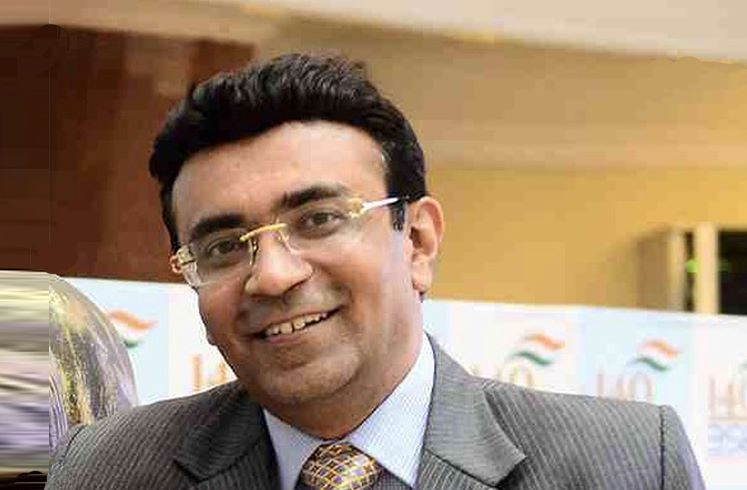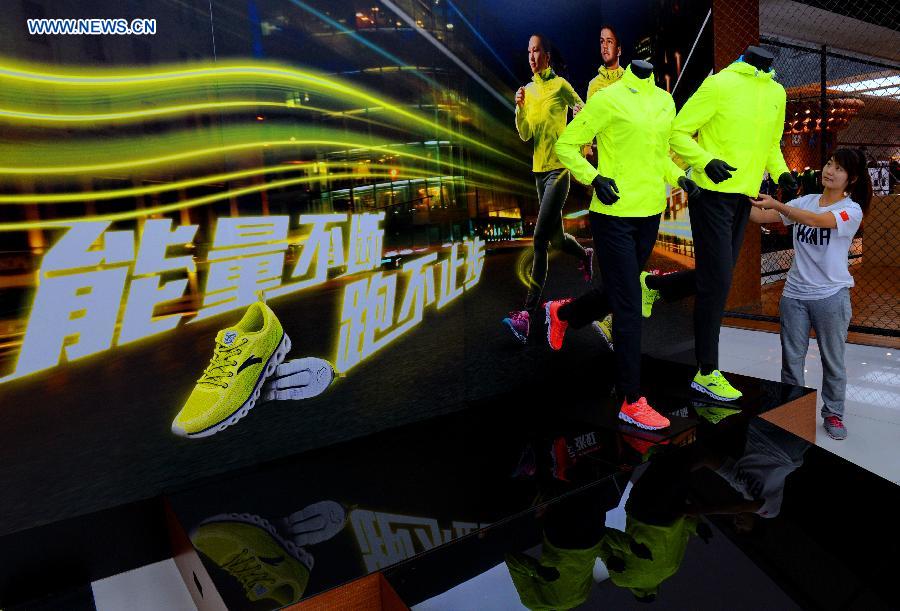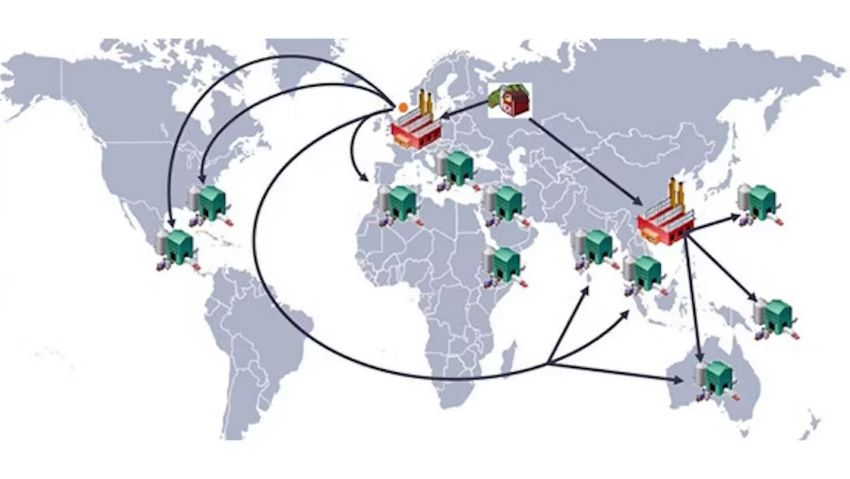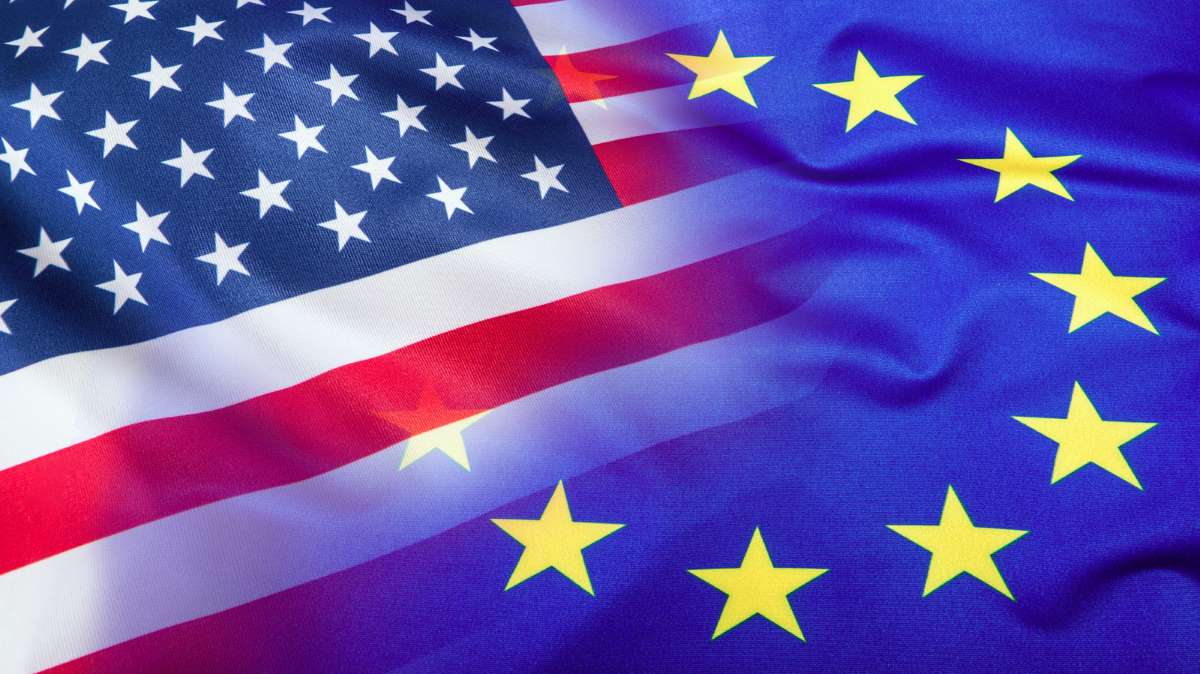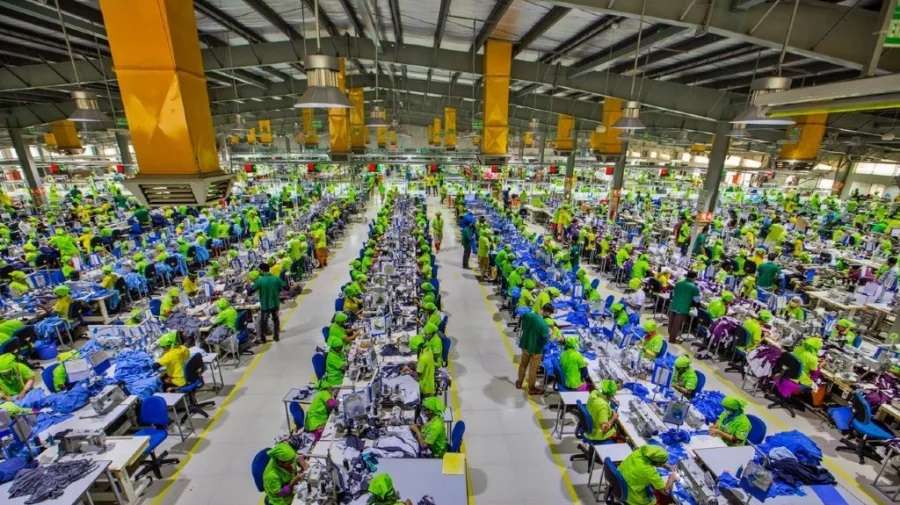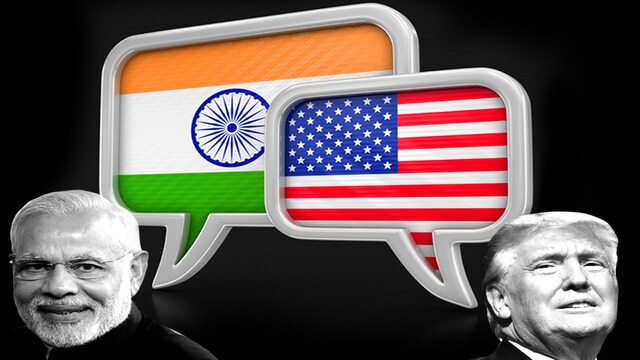Bangladesh is poised to become a hotspot for leather and leather goods much like the way it has been for apparels. Bangladesh produces nearly 400 million sq ft of rawhide, of which local leather and footwear companies consume 30 million sq ft. At present, there are some 180 registered leather goods exporters, up from less than 100 even a few years ago. Apart from registered members of the association, there are many micro and small investors who serve both domestic and international markets.
American brands have expressed interest in shifting to Bangladesh as their sourcing destination following the US-China tariff war. Foreign factories are also relocating to Bangladesh. For instance, Indian leather goods and shoe manufacturers have invested in Bangladesh.
Leather and leather goods exports are the second highest export earner for Bangladesh after garments. Now the country hopes for the Leather Working Group (LWG) certification. Getting the LWG certification means manufacturers comply with global compliance standards and that everything will be produced following international standards of compliance. In the absence of such certification, Bangladesh leather and leather good exporters are essentially shut out from upmarket destinations like the EU and the US and have to make do with sending their products to China, where prices are 40 per cent lower than elsewhere.

